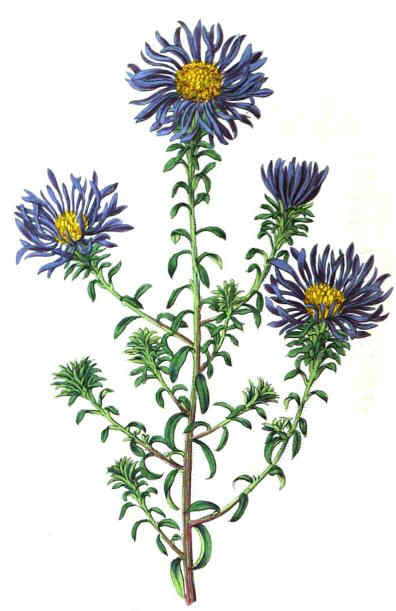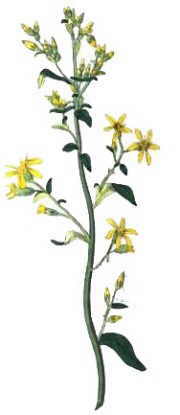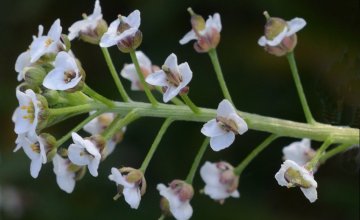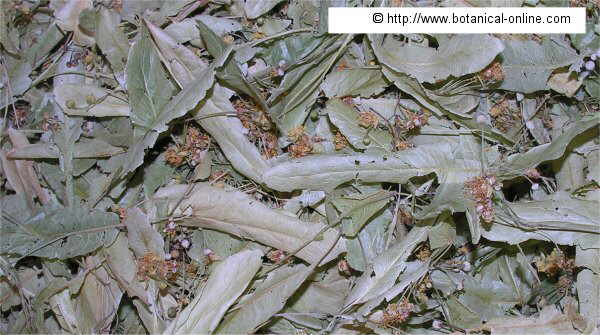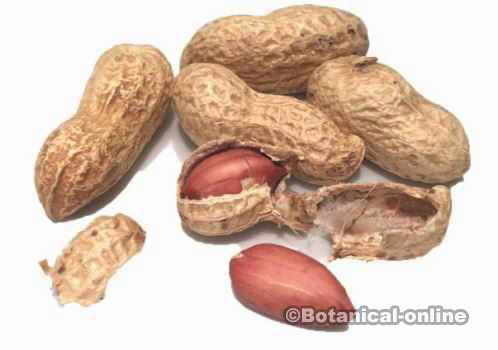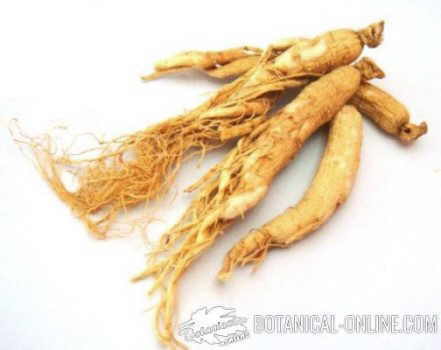Contents
Main cultivated yucca species
Yuccas characteristics
Shrubs with lanceolate leaves in rosette, usually finished with a thorn and presenting small margins, teeth or fibers.
Flowers, bell-shaped or cup-shaped are very colorful with white or cream color. Panicles are assembled on top of the plant. Its fruits are dry or tender capsule
They never produce flowers indoors. They must be placed outdoors to yield very tall inflorescences of bell-shaped flowers.
Photo of yucca |
Yuccas uses
- As ornamental plants: they are very decorative because of their flowers. They can live in very dry places, so they can be used in places where other plants can not live.
- As edible plants: Leaves, flowers, flowering stems and seeds of most yuccas are edible. American Indians used to eat these plant parts very frequently.
Although these plants are rich in saponins, specially the roots, they can be eaten as food once saponins are removed. This is generally done by means of boiling them or washing them with warm water several times. Washing water must be discarded.
Fruits can be eaten raw, cooked or dry. They are fleshy and slightly bitter-sweet. Bitterness is provided by their content in saponins. Sweetness derives from their content in carbohydrates, specially what concerns to fruits and flowers. Fruits can be cooked in an oven or they can be dried to eat them along the year.
Flowers can be eaten cooked, mixed with other ingredients in soups or with other vegetables in stews, fries, etc. Flowers must be collected before they get old, in which case they become bitter.
Flowering stems can be cooked as they were asparagus, so they can be cooked or fried in soups, omelettes, roasted, etc. They must be collected before the bloom.
Seeds can be roasted and ground to make a sort of flour. This can be cooked.
Attention! Yuccas are rich in saponins, so we must be careful not to eat yuccas parts to frequently or in big quantities in order not to suffer the side effects of saponins. People not being accustomed to this plant, may also suffer from stomach pain. Consuming yuccas can also be responsible for constipation
- As fiber plants: Yuccas leaves contain a lot of fiber. This fiber has been profited to make ropes, sandals, ropes, baskets.
Roots have taken part in basket making. They usually provide the red circles in the basket.
Native Indians used the final spiny end of the leaves as needles.
- As soap plants: Leaves and stems saponins have been profited to produce soap. Hopi Indians used yucca leaves to make shampoos to wash their hair with. Once cleaned, they rubbed their hair with duck grease to prevent hair fall.
- As medicinal plants: Many yucca species have had medicinal uses. Among the main general uses of all yuccas we have the following: Bactericide, rheumatism, edema, bronchitis, asthma, purgative, vulnerary, etc.
¿What are the main cultivated species of yuccas?
Among the most usual cultivated species of yuccas we can find the following:
- Spanish bayonet or Spanish dagger (Yucca aloifolia): Very known for its pointed leaves, sword-shaped, up to 60 cm in length. Stems up to 8 m in wild species, cultivated ones lower. Inflorescences up to 60 cm with white flowers stained with purple. There are several cultivars with variegated leaves. It has been used as a diuretic, purgative, anti-tumoral and to make soap.
- Banana yuca, Blue yucca (Yucca baccata) With dark green leaves, smared with blue or yellow. From the North of Mexico and Southwest of United States. Till 1,5 m high. It has been used to make soap and shampoo. Native indians use it to treat snakebites.
- Yoshua tree (Yucca brevifolia) From northern Mexico and Southern Usa, it becomes a tree that can attain 12 meters high in the wild. Short leaves, narrow and sharp. Flowers greenish white in a long spike. Very difficult to cultivate. It is considered a natural remedy to provide vomiting (emetic) and suitable for gonorrhea
- Alpine Yucca (Yucca baileyi) From high planes of northern Mexico. Yellow-greenish leaves, with white sides.
- Yucca desmetiana: From Mexico, it attains a very compact aspect, up to 1,8 meters. Short green, curved leaves, becoming reddish in full sun
- Common yuca, Adam’s needle -and-thread (Yucca filamentosa) Lanceolate leaves gathered in a basal rosette, bluish green. Equipped with long filaments which are those that give it its scientific name of species Filamentosa. Leaves can reach up to 1 m in length and they fall as the plant ages. (See medicinal properties in the listing below)
- Yucca filifera: It can reach 9 meters, although it normally appears a short plant with no trunk. Its name becomes from the filaments growing at the margins of its leaves. Flowers creamy white, hanging around long panicles. Native from Mexico. Very similar to Common yucca, although its leaves are shorter and narrower and the filaments not so abundant.
- Giant yucca, Spineless yucca (Yucca elephantipes) From Central America and South of Mexico. It becomes a tree-sized plant up to 9 meter in its original place, being not so tall when cultivated. Very long dark green leaves (120 cm long)
- Soapweed, Dwarf yucca (Yucca glauca) With no trunk, it becomes a short plant. Very distinctive because of the glaucous green narrow pointed leaves. Flowers greenish white gathered in a 1 meter tall spike. It grows wildly in the center of United States. Very rich in saponins, native indians used it to make soap, hence its common name “soapweed”.
- St Peter’s palm, tree yucca, Faxion yucca (Yucca australis, Yucca faxoniana) Its species scientific name refers to its origin. Australis means “from the south” and Yucca australis is a native species from the south of Mexico. It also appears in northern Mexico (Chihuahuan desert) and southwest of Texas.
Is is considered the biggest species of yucca when cultivated. The biggest sample is grown in Valencia (Spain). Its trunk has got a diameter of 9 meters below and about 7,5 meters the rest of it.
Sword-like narrow leaves are born at the end of several trunks, up to 3 meters tall. White flowers are gathered in erect panicles
From a medicinal point of view, it is considered to be useful to clean your vowels (cathartic)
- Our Lord’s candle, candle yucca (Yucca wipplei, Hesperoyucca whipplei ) Very distinctive from the rest of yuccas because of its sphere-like leaves clusters. Native from the South of California, it can be found in the coastal areas because it is very tolerant to draught and strong winds. White creamy flowers in a spike to 3,5 meters tall.
Native Americans used it to make shoes, ropes, bags and other products with its fiber. Flowers and stems are eatable when several times boiled and water discarded. Fruits and seeds can also be eaten roasted or raw. Seeds can also be ground to make flour.
Recently it has been considered not to belong to Yucca genus and has been included into the Hesperoyucca one.
- Weeping yucca (Yucca recurvifolia) Its name its due to the fact that leaves sometimes bend at the tip. From 2 -3 meters tall, it has got several short trunks. It leaves are long, dark bluish green. Native from Southwest of United States.
- Mound lily, Spanish dagger (Yucca gloriosa) It common name refers to the sharp pointed dagger-like leaves. It grows in the southeast of United States. Flowers white, stained with pink, gathered in very long panicles (up to 2.4 meters) Its got many medicinal properties: arthritis, Alzheimers’s, pain, dermatitis, diabetes, cirrhosis, herpes, malaria, vomiting, fever, seborrhea, cancer, hypertension, cholesterol,, etc
- Giant Spanish dagger (Yucca carnerosana) As Yucca gloriosa, it has got very rigid sword-like leaves (1 meter long and 8 cm wide) Its trunk can attain 6 meters tall, hence its common name. White flowers in an inflorescence 1,8 meters tall. Native from Texas and Northern Mexico, it is cultivated in many parts of the world.
It is very rare in the wild in United States, since it is only found in Brewster County, in the West of Texas. In Mexico, it can be found in Nuevo León,, Durango, Coahuila and Zacatecas,
- Palma pita, Spanish dagger, Don Quixote’s lace. (Yucca treculeana) Native from the west of Mexico (Coahulla and New Mexico) and Texas, it can reach 10 meters tall. At the top of its high trunk, it develops a well defined clump of rigid, sharp-pointed leaves, till 1,2 meters long. Fleshy fruits. Cream colored flowers, stained with purple.
- Beaked yucca (Yucca rostrata) It stands out because of its regular rosette size, formed with very narrow rigid leaves, till 60 cm long and 1,5 cm wide. Small white flowers in a 1 meter tall panicle. The rosette is born in a very consistent and tall trunk, reaching 4,5 meters in some species, giving it a tree-like aspect.
![]() More information on yucca
More information on yucca


